Review: Smile – A Psychological Nail-Biter
James Keown
Parker Finn’s full-length directorial debut Smile reminds us to smile, though your heart is aching. With a current box office gross of 167 million dollars at only a 17 million budget, this new horror-thriller from Paramount Pictures has been a massive hit and is the first 18-rated film to top the UK-Ireland box office in over three years.
The story follows psychiatrist Dr Rose Cotter, who becomes caught in a web of mysterious supernatural suicides and hallucinations, all centred around a recurring entity, one that changes faces but is always adorned with the same sinister smile. The film takes inspiration from other horror classes such as The Ring and A Nightmare on Elm Street, and the more contemporary It Follows. Rose is pushed to her psychological breaking point as she scrambles to get ahead of the doom barrelling towards her. Her crumbling sanity is conveyed chillingly through the cinematography of Charlie Sarroff, with upside-down tracking pans and close, claustrophobic shots. These visuals blend hauntingly with Juan Cristobal Tapia de Veer’s sinister score to create a truly terrifying cinema experience.
The film is a spiritual successor to Finn’s short film Laura Hasn’t Slept, expanding on the smiling entity and its dynamic with the protagonist. The film takes great delight in making the audience question the reality they are being shown, as even the surrounding characters doubt Rose’s sanity. The framing device of the hallucinations firmly roots the audience in a place of doubt and disorientation, forcing us to feel the same fear and tension as Rose herself. It is an incredibly isolating type of horror, adding a unique flavour to the protagonist-villain dynamic that feels lacking in films like The Ring and Elm Street. Though the film does make use of jumpscares – a divisive tactic among horror fans – they earn their place in the movie, as Finn designs his scenes to build nail-biting tension, encouraging you to dart your eyes around a dark corridor, attempting to guess where the horror lurks before it finally arrives.
The film’s greatest weakness is its disjointed ending. While Finn’s aim was to “create an ending that had an emotional catharsis” this ended up causing a severe emotional whiplash, as the film attempts to cover its many bases and divides the audience’s attention as it comes to the end. I can’t help but feel that ultimately it would keep truer to the film’s smaller, more focused narrative to have a simpler ending, even if it left some loose ends untied.
The greatest strength of the film, however, is its premise. It is truly remarkable that the film’s premise is so simple, yet so compelling. The simple presentation of people with wide, toothy grins instils genuine panic when you recognise the expression either in the background or spread across the main cast. The film greatly benefits from its focused, tight plot, leaving much of the entity’s background for the audience to speculate. Rarely does the film talk down to its audience or over-explain itself, choosing instead to leave some of the details bathed in shadow.
Overall, Smile finds familiarity in older classics, but still breathes new life into the horror genre just in time for Halloween. For a full-length debut, Finn does an excellent job showing his style as a filmmaker, a flair that will sharpen and mature with time. This film will certainly leave you with a smile, one that you just can’t wipe off your face.
James Keown is a Master’s student in Journalism at Ulster University Coleraine.

